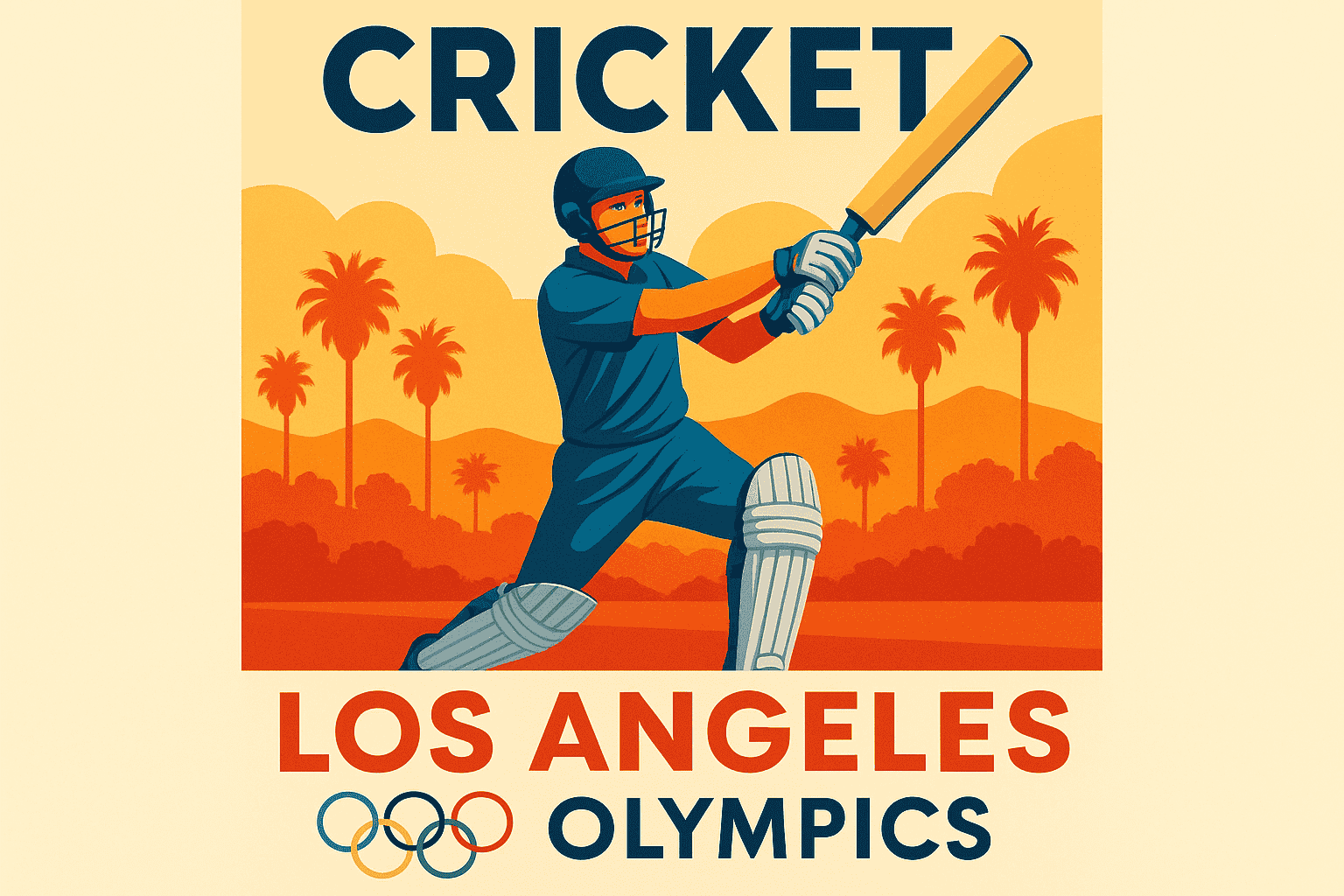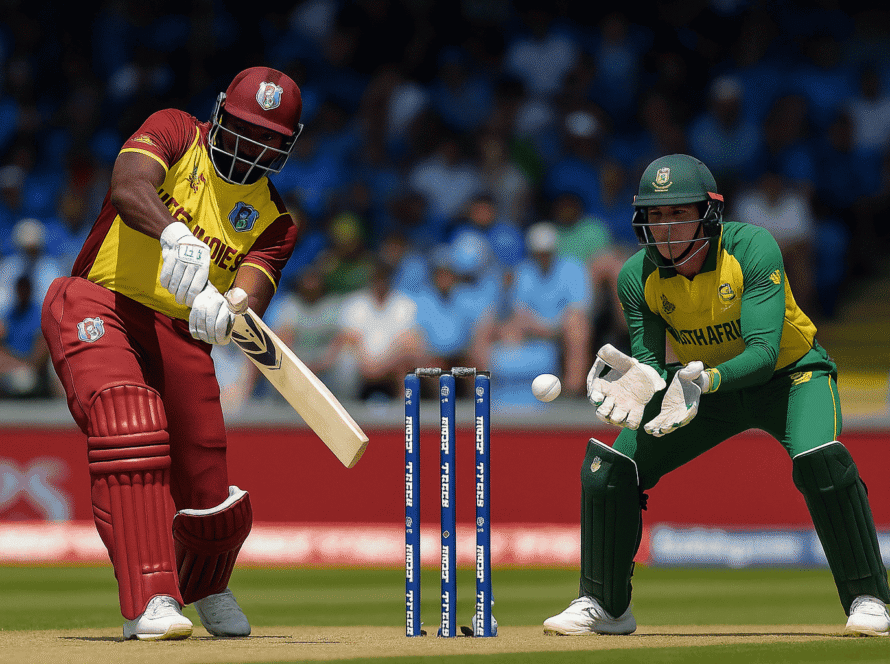Cricket makes a spectacular return to the Olympic Games after more than a century, with the International Olympic Committee confirming official dates for the cricket return in Olympic competition at Los Angeles 2028. The historic announcement brings cricket back to the Olympic stage for the first time since 1900, marking a pivotal moment for the sport’s global reach.
Official Competition Schedule Confirmed
The International Olympic Committee (IOC) has announced that the T20 competitions for the men’s and women’s categories at LA28 will run from July 12 to July 29, 2028. This 18-day window provides ample time for teams to showcase their skills in the fast-paced Twenty20 format.
The medal matches represent the culmination of cricket’s Olympic journey. The medal matches will be held on July 20 (women’s) and July 29 (men’s) respectively. These dates position cricket prominently within the broader Olympic schedule, ensuring maximum global viewership for the sport’s crowning moments.
Format and Competition Structure
Cricket organizers have chosen the Twenty20 format to maximize entertainment value within the Olympic timeframe. In April 2025 it was confirmed by the IOC that both the men’s and women’s competitions would be in the Twenty20 format and made up of six teams each. This format strikes the perfect balance between competitive depth and time constraints.
Team rosters will feature cricket’s finest talent. Each nation will have 15 players in their squad after cricket was allocated 90 athletes per gender for the event. This allocation ensures teams can field strong squads while maintaining the intimate scale appropriate for Olympic competition.
Venue and Infrastructure
Los Angeles organizers have selected an exciting venue for cricket’s Olympic debut. The organisers announced the Fairgrounds in Pomona to be the venue for cricket at the LA 2028 Olympics. This location provides the space needed for world-class cricket facilities.
The venue will feature state-of-the-art infrastructure designed specifically for Olympic cricket. It will be played in a temporary, purpose-built structure. This approach allows organizers to create optimal playing conditions while maintaining cost-effectiveness and environmental responsibility.
Historical Significance
Cricket’s return represents a remarkable comeback story spanning over 120 years. The sport last appeared in the Olympic Games in Paris 1900, where only two teams participated. This time, cricket returns with enhanced global participation and a format designed for modern audiences.
The inclusion of both men’s and women’s competitions reflects the sport’s growth and commitment to gender equality. Female cricketers will compete on the Olympic stage for the first time, providing inspiration for the next generation of players worldwide.
Global Impact and Reach
Cricket’s Olympic inclusion expands the sport’s reach to new markets and demographics. The Olympic platform provides unparalleled exposure, potentially attracting millions of new fans who may not traditionally follow cricket. This exposure could accelerate cricket’s development in emerging markets and strengthen its position in established ones.
The timing aligns perfectly with cricket’s global expansion efforts. Major cricket boards have invested heavily in shorter formats, making the T20 Olympic format a natural progression. The exposure to the Olympics will likely accelerate these development programs worldwide.
Qualification and Participation
While specific qualification criteria await final confirmation, the six-team format suggests a highly competitive selection process. Cricket’s major playing nations will likely compete through regional qualifiers and world rankings to secure their Olympic spots.
The limited team slots create intense competition among cricket-playing nations. Traditional powerhouses like India, Australia, and England will face challenges from emerging cricket nations seeking Olympic glory.
Preparation and Training
Teams have already begun preparing for cricket’s Olympic return. National cricket boards are developing specialized training programs combining traditional cricket skills with Olympic-specific preparation. The unique pressure and format of Olympic competition require different preparation approaches compared to traditional cricket tournaments.
Athletes face the challenge of adapting their game to the Olympic environment. The condensed schedule and high-pressure atmosphere demand peak physical and mental preparation. Many players consider Olympic participation the pinnacle of their sporting careers.
Legacy and Future
Cricket Return in Olympic could reshape the sport’s global landscape permanently. Success in Los Angeles may secure cricket’s place in future Olympic Games, providing long-term benefits for international cricket development.
The Olympic platform offers cricket opportunities to reach new audiences and markets. Television coverage, sponsorship opportunities, and global media attention during the Olympics far exceed typical cricket tournaments.
Young cricketers worldwide now have a new ultimate goal: Olympic gold. This aspiration could drive increased participation at grassroots levels and inspire the next generation of cricket stars.
Cricket’s Olympic return represents more than just another tournament. It symbolizes the sport’s evolution, global growth, and bright future on the world’s biggest sporting stage.



